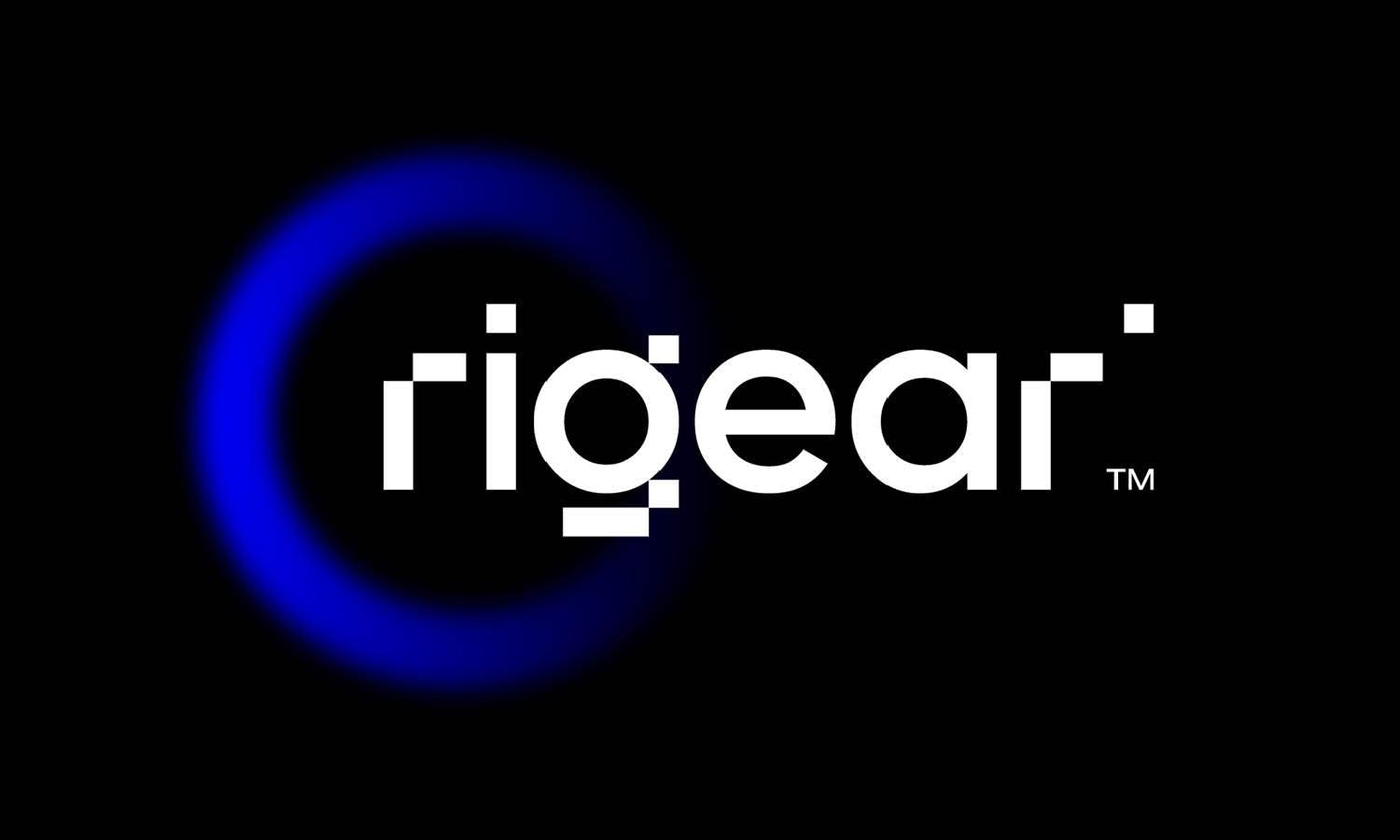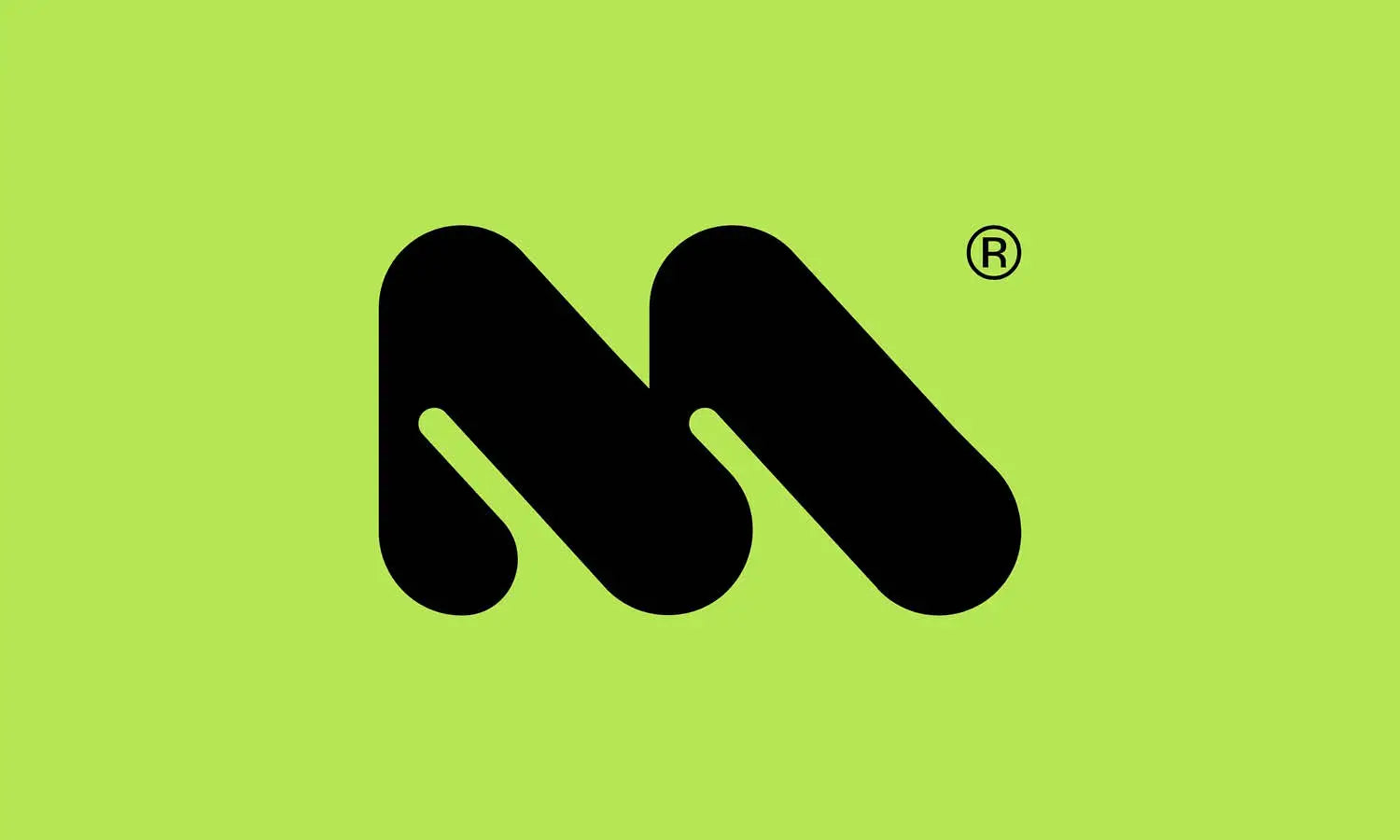10 Logo Design Exercises to Keep Your Skills Sharp

Source: Horusacademy.vn, Instagram, https://www.instagram.com/p/C1I64-FPyjW/
Skillshare stands out among online platforms offering logo design courses, emphasizing practical skills through project-based learning. This platform caters to both beginners and experienced designers, providing an array of classes that cover various aspects of logo design, from fundamental principles to advanced techniques. Skillshare's courses are designed to foster a hands-on learning environment where students can engage directly with their projects while following along with seasoned industry professionals. Each course typically includes video lessons accompanied by community discussions and peer feedback, enhancing the learning experience through collaborative insights.
One of the unique features of Skillshare is its subscription model, which grants unlimited access to all courses for a monthly or annual fee. This allows learners to explore a wide range of topics and develop a comprehensive skill set in logo design. Additionally, Skillshare courses often focus on the use of popular design software like Adobe Illustrator, enabling students to master tools that are crucial for professional logo creation. For designers looking to expand their portfolio and gain practical experience, Skillshare offers an invaluable resource to learn, create, and connect with a global community of creatives.
Daily Design Challenges
Engaging in daily design challenges is a powerful way to sharpen your logo design skills consistently. This exercise involves setting a goal to create one logo per day, each with a unique concept or theme. By committing to this practice, you expose yourself to a variety of design problems, each requiring a novel solution within a limited time frame. This not only enhances your creative agility but also deepens your understanding of different brand identities and industries. Over time, these daily challenges will build your ability to think quickly and adapt to various design demands, increasing your proficiency and confidence in handling diverse client projects.
Moreover, sharing these daily designs on social media or professional networks can provide valuable feedback, fostering a cycle of continuous improvement and visibility in the design community. By making this exercise a routine, you ensure that your design skills remain sharp and your portfolio grows in both quantity and quality.
Recreate Existing Logos
Recreating existing logos is an insightful exercise for any logo designer looking to enhance their skills. This task involves selecting well-known logos and attempting to replicate them from memory. The challenge lies not only in the accuracy of reproduction but also in understanding the design principles behind each logo. Through this exercise, you refine your ability to observe and analyze color schemes, typographic subtleties, and the overall composition of professional logos. Additionally, comparing your recreations with the originals allows you to identify discrepancies and areas for improvement, providing a clear path for honing your design precision and attention to detail.
This practice also deepens your appreciation for the intricacies of logo design, including the balance between simplicity and distinctiveness, which is crucial for creating memorable brand identities. Engaging in this exercise regularly will enhance your technical skills and your critical eye for effective logo design.
Use Random Words
Utilizing random words as a basis for logo design is an enriching exercise that can significantly broaden a designer's creative horizons. Start by generating a list of random words using an online tool or by picking words out of a book. The challenge is to design a logo for each word, interpreting its meaning visually in a creative and engaging manner. This exercise pushes you to think outside the typical confines of client-driven briefs, allowing you to explore more abstract concepts or unconventional ideas. It also sharpens your ability to connect visual elements with verbal concepts, a skill that is invaluable in logo design where symbolic representation plays a key role.
By regularly practicing this exercise, you will develop a more intuitive sense for how shapes, colors, and typography can convey different messages and emotions, enhancing your versatility as a designer. Additionally, this method can lead to unexpectedly innovative designs that can be adapted for real-world projects or serve as inspiration for future work.

Monochrome Designs
Creating monochrome designs is a vital exercise for logo designers aiming to enhance their understanding of form and composition without the distraction of color. This practice involves designing logos using only one color, focusing on how shapes and negative space interact to form a cohesive and striking design. Monochrome constraints force you to prioritize the fundamentals of design, such as balance, contrast, and clarity, which are essential for creating effective logos. This exercise is particularly beneficial for refining your ability to communicate a brand’s identity succinctly and powerfully in any context, whether it be digital, print, or merchandise.
Additionally, mastering monochrome logo design ensures that your logos remain functional and aesthetically pleasing even when client specifications or production limitations require a single-color representation. Regular practice in this area will not only improve your design skills but also equip you with the versatility to meet diverse design challenges effectively.
Typography Play
Typography is an essential element of logo design, and honing your typographic skills can dramatically enhance the quality of your logos. "Typography Play" is an exercise focused solely on using text to create distinctive and memorable logos. Begin by selecting different fonts and experimenting with their arrangement, size, and weight to convey the brand’s personality. Consider how kerning, leading, and tracking affect readability and aesthetic appeal. This exercise encourages you to explore how subtle changes in type can significantly alter the perception of a design. For instance, serif fonts can evoke a sense of tradition and reliability, while sans-serif fonts often feel modern and clean.
By manipulating typefaces creatively, you can develop logos that communicate more effectively with the target audience. This practice not only improves your ability to choose and customize fonts but also teaches you to use typography as the primary tool for storytelling in logo design. Regular engagement with typography exercises will ensure that your logos can stand alone powerfully, even in the absence of graphic elements.
Geometric Shapes Only
Using only geometric shapes to create logos is a challenging exercise that reinforces the fundamentals of design composition and symmetry. This task requires you to construct logos from basic forms such as circles, squares, and triangles, pushing you to consider how these shapes can interact to form more complex images. Focus on the relationships between the shapes: alignment, proportion, and the negative space that forms between them. This constraint can lead to innovative designs that are both visually appealing and easily reproducible across various media. Geometric shapes often convey a sense of stability and professionalism, making this exercise particularly useful for corporate branding.
Moreover, it cultivates a minimalist design approach, teaching you to communicate a brand’s essence with simple yet powerful visuals. Regular practice with geometric shapes will not only refine your aesthetic judgment but also enhance your ability to create versatile logos that are effective in both large scale and small scale formats.
Restrictive Color Palettes
Working with restrictive color palettes is a fundamental exercise for logo designers aiming to maximize impact with minimal elements. This exercise involves choosing a limited set of colors, typically two to three, and using only these to create a compelling logo. The challenge is to convey the brand’s identity and values through a carefully selected palette, which can significantly enhance brand recognition. This constraint encourages creativity in the use of color psychology, as each hue can evoke different emotions and associations. For example, blue often denotes trust and dependability, while red can signal energy and passion. By restricting the color scheme, you also ensure that the logo is versatile and effective across various media, an essential consideration in today’s multi-platform marketing environments.
Additionally, a limited color palette can help maintain consistency in brand messaging across different platforms and products. Practicing with restrictive palettes not only sharpens your ability to make strategic design decisions but also prepares you to create logos that are adaptable and resonant in diverse applications.

Narrative Logos
Creating narrative logos is an exercise in storytelling through design. This approach involves crafting logos that encapsulate a brand's story or values in a single image. Start by deeply understanding the brand’s history, mission, and audience. Then, incorporate elements that reflect these aspects in the logo design. This could mean using imagery that represents the brand’s origins or symbols that convey its core values. The goal is to create a logo that communicates more than just a brand name; it should evoke the brand's essence and speak to the audience on an emotional level.
This exercise enhances your ability to think conceptually and develop logos that forge a deeper connection with the audience. Narrative logos are particularly powerful in creating lasting brand loyalty, as they often resonate more meaningfully with consumers. By regularly engaging in this exercise, you will improve your skills in integrating symbolism and depth into your designs, making them not only visually attractive but also rich in meaning.
Reverse Engineering
Reverse engineering in logo design is a strategic exercise that involves dissecting existing logos to understand their construction and the design decisions behind them. This process starts with selecting a logo and analyzing its elements, such as color, typography, and shape, to deduce why each choice was made and how it contributes to the overall impact of the design. By understanding the underlying principles, you can learn how effective logos are structured to convey brand messages, attract target audiences, and achieve aesthetic balance.
This exercise sharpens your analytical skills and deepens your understanding of logo design as a strategic tool in branding. It also encourages a more thoughtful approach to your projects, as you consider not only how to design a logo but also why certain elements work better than others in specific contexts. Regular practice of reverse engineering can significantly enhance your ability to create logos that are both visually appealing and strategically sound.
Scalability Challenges
Scalability is a critical consideration in logo design, ensuring that a logo remains effective and recognizable across all sizes and mediums. The "Scalability Challenges" exercise involves creating logos that are versatile enough to be legible and impactful whether displayed on a large billboard or as a small icon on a mobile app. Start by designing a logo at a standard size, then test its scalability by progressively reducing its size to assess clarity and impact. This practice helps you understand the importance of simplicity in logo design, as overly complex logos often lose their legibility when scaled down.
Additionally, this exercise teaches you to prioritize essential elements and use space efficiently, ensuring that the logo maintains its integrity in various formats. Regular engagement in scalability challenges prepares you to meet the practical demands of modern branding, where logos must perform well across diverse platforms and devices.
Conclusion
Incorporating these logo design exercises into your regular practice can profoundly enhance your skills and adaptability as a designer. By engaging in activities such as reverse engineering, scalability challenges, and other creative tasks, you not only refine your technical abilities but also deepen your strategic understanding of brand identity creation. These exercises are designed to keep you on the cutting edge of design trends and client needs, ensuring that your work remains relevant and impactful. Embrace these challenges to continually evolve and excel in your craft, staying ahead in the dynamic and competitive field of logo design.
Let Us Know What You Think!
Every information you read here are written and curated by Kreafolk's team, carefully pieced together with our creative community in mind. Did you enjoy our contents? Leave a comment below and share your thoughts. Cheers to more creative articles and inspirations!
















Leave a Comment